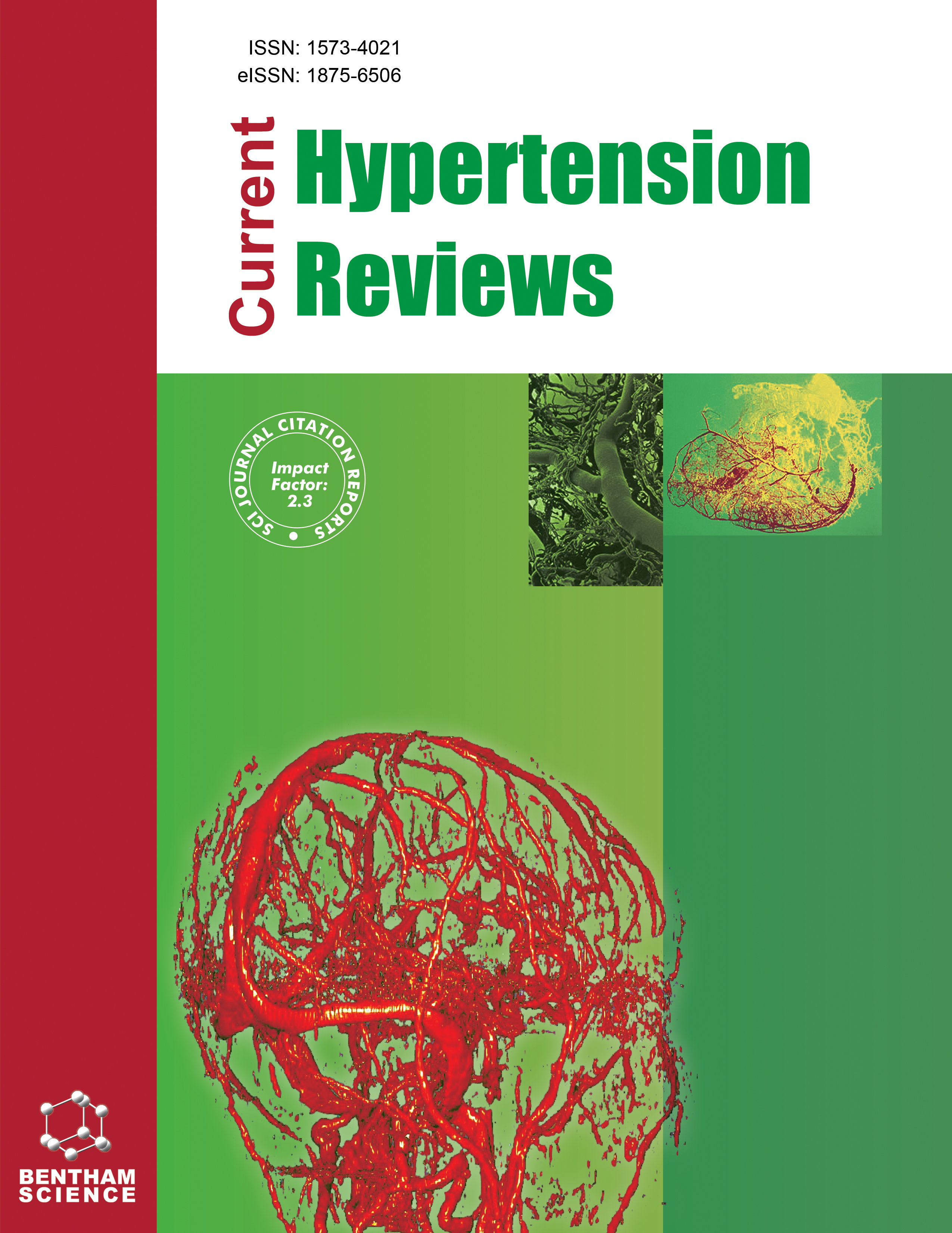
Full text loading...
Transdermal Drug Delivery System (TDDS) is one of the controlled drug delivery systems whose purpose is to deliver medication through the skin at a predetermined and regulated rate. Nanotechnology has enhanced the skin’s absorption of lipophilic, low-molecular-weight medicines with low-dose efficacy, making transdermal drug delivery systems a viable technique for treating various conditions. TDDS permits greater skin permeation of hydrophilic drugs, and scientists are studying macromolecules to improve disease treatment and vaccine development. While additional study is needed to determine nanocarrier safety, this approach could increase the usage of transdermal routes for administering hypertension medicines. As hypertension remains the most prevalent form of cardiovascular illness, we focus on how nanoparticles as skin delivery methods might be used to better treat this global problem. In addition, patients may not be willing to comply with traditional doses due to the greater frequency of drug administration necessary for long-term care of hypertension conditions. Transdermal drug delivery has provided numerous benefits to the medical community since its inception. These benefits include the drug's non-invasive nature, extended therapeutic effect, reduced adverse effects, greater bioavailability, improved patient compliance, and simple termination. This review aims to explore the potential of several antihypertensive drugs for transdermal delivery.

Article metrics loading...

Full text loading...
References


Data & Media loading...

